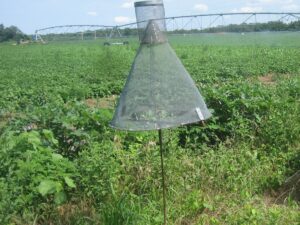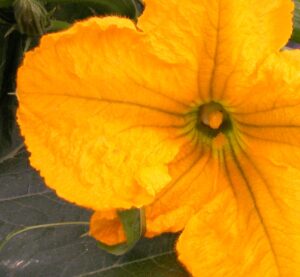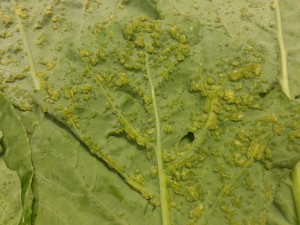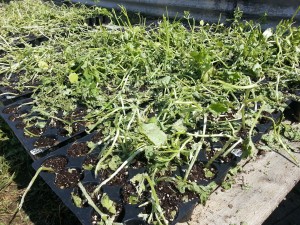There are still positions available for seasonal, temporary worker(s) for the Rutgers Vegetable IPM program. The work entails checking insect traps and doing some field scouting with farms in southern New Jersey (Burlington, Camden, Gloucester, Atlantic, Cumberland, and Salem counties). There will be on-the-job

Corn earworm pheromone trap
training. Hourly wages are up to $20/hour, depending upon experience and/or areas of study. Applicants must have vehicles and will be reimbursed for mileage. For more details and to fill out an application, please go to https://jobs.rutgers.edu/postings/158384

 With high temperatures this week and predicted for next week, there are concerns about pollination of pumpkin and other crops. Flower bud abortion can occur if temperatures are in the high 70’s at night or in high 90’s during the day for several consecutive days. Heat stress causes other issues with plant functions and plant health. However, for crops that need pollination, it is especially stressful when hot and dry weather conditions occur.
With high temperatures this week and predicted for next week, there are concerns about pollination of pumpkin and other crops. Flower bud abortion can occur if temperatures are in the high 70’s at night or in high 90’s during the day for several consecutive days. Heat stress causes other issues with plant functions and plant health. However, for crops that need pollination, it is especially stressful when hot and dry weather conditions occur.


